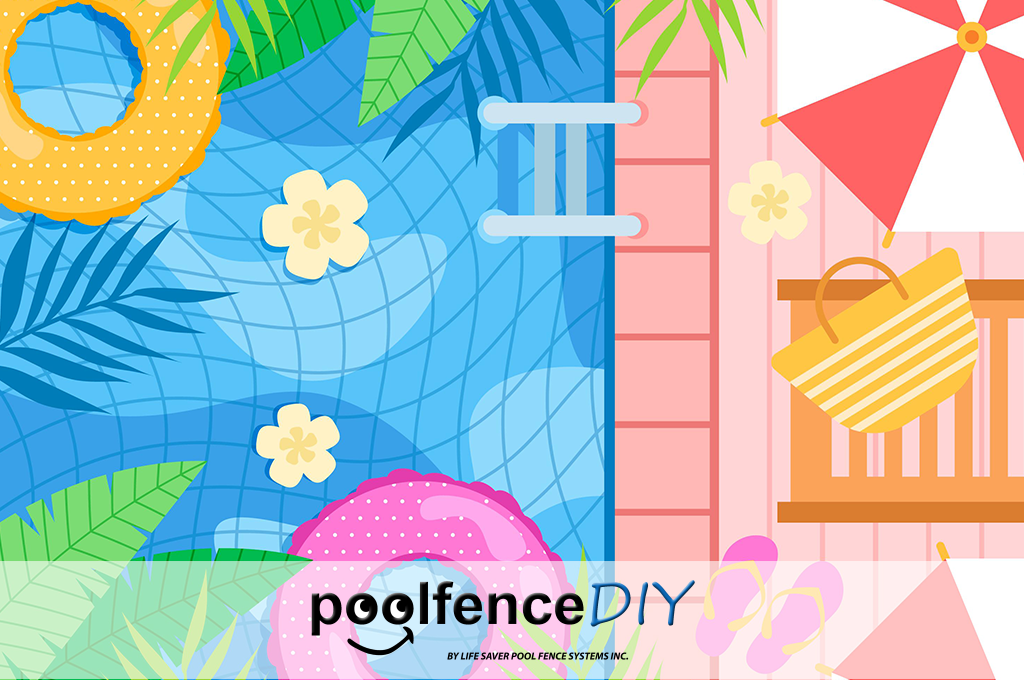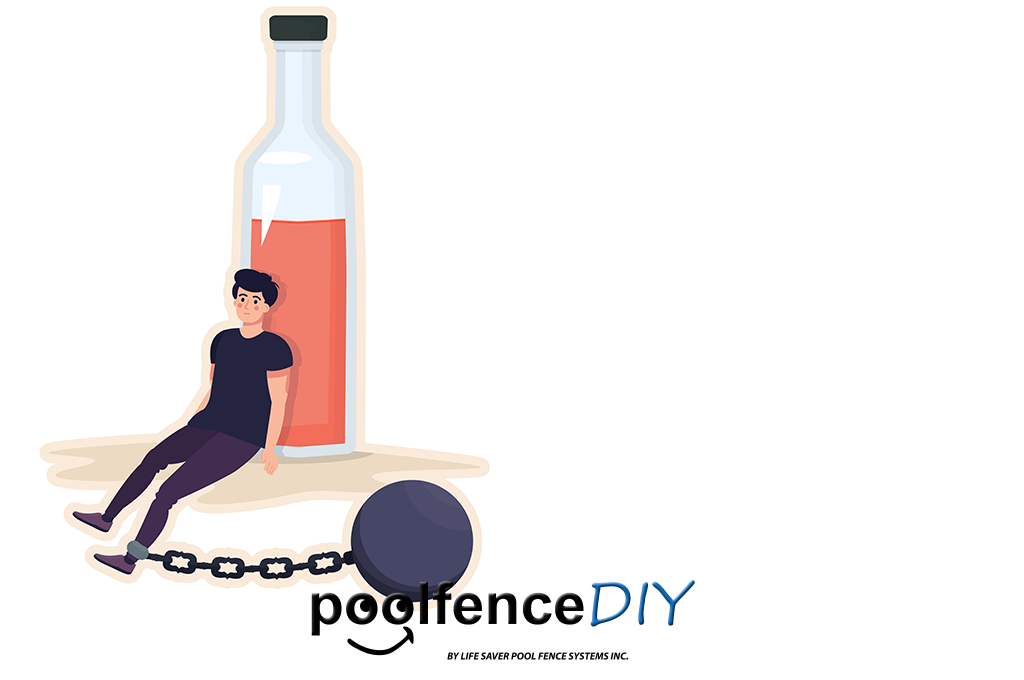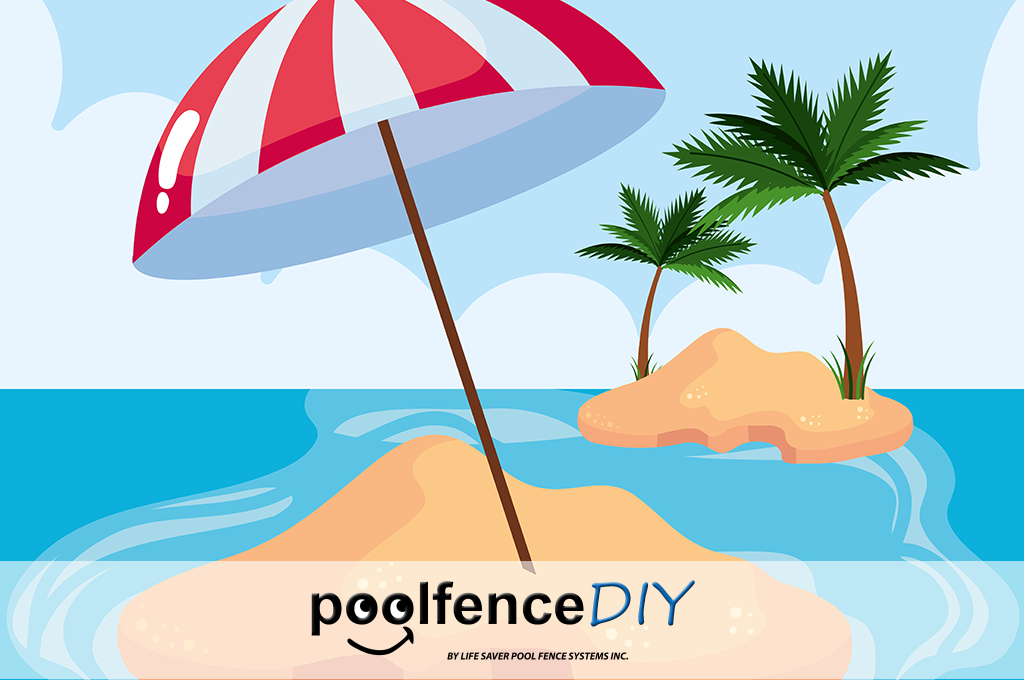Don’t Wrap a Towel Around a Child’s Shoulders: Viral Swimming Safety Tip

Nikki Scarnati, a swim instructor, has taken to TikTok to caution parents about the potential hazards of a particular way that many parents wrap a towel around a child's shoulders after swimming. In her viral video, she stressed the significance of refraining from this common practice, revealing the hidden dangers it poses.
Watch the Video Warning Not to Wrap a Towel Around a Child’s Shoulders
First, let’s start with the video itself:
@scarnati.swim Thats right! Make sure your towel is UNDER your littles arms. NOT on top. Follow along for more water safety content 🥰 #selfrescue #selfrescueswimming #selfrescueswim #watersafety #drowningpreventionawareness #drowningprevention #springhillisr ♬ original sound - Nikki Scarnati
As you can see, despite its perceived safety, Scarnati highlights how a seemingly innocuous act like wrapping a towel around a child’s shoulders could prove to be quite dangerous. If you wrap a towel around a child's shoulders near the water, it can obstruct their arm movements. Remember, a towel is very wet when soaked.
If a child accidentally falls into the swimming pool, this could easily lead to drowning. “Naturally, we want to cover them like this, right? No. Because if they were to fall in the pool this way, all of their limbs are going to be restricted underneath a wet towel,” Scarnati says.
As harrowing as this seems, remember that drowning is a serious danger for young children. They don’t yet have full control of their bodies. They can become tangled and unable to free themselves from the restrictive fabric.
Remember that, according to the CDC, drowning is the most common cause of death for children four and under. The hazard should be taken seriously. To this end, don’t take unnecessary risks. Like the video says, don’t wrap a towel around a child’s shoulders.
Alternate Methods of Drying Off: What to Do Instead of Wrapping a Towel Around a Child’s Shoulders
Okay, so now everyone knows not to wrap a towel around a child’s shoulders. That’s great news, but those kids still need to get dry! What is the proper method? Scarnati has a suggestion in her video. Always wrap the towel under a little one’s arms after drying them off.

Nikki explained: “So when you get them out of the pool, [you should] dry their arms off, lift their arms up, but put the towel underneath their arms. That’s right. Make sure your towel is under your little one’s arms. Not on top,” Scarnati says. “That way, if they end up in the water, they still have access to their limbs to self-rescue, and they’re that much safer.”
Parents Should Know How to Recognize Drowning
Keeping with these lessons for parents and kids by the water… let’s talk about drowning. Specifically, how to recognize if someone else is drowning. Like the towel trick, this is essential knowledge. A bit of info can help you to act quickly and keep everyone safe.

First, forget about the movie scenes you’ve seen – with flailing arms and loud cries for help. Believe it or not, drowning is often silent. In real life, it doesn't demand an entire beach’s attention.
Instead, watch for these signs:
- Keep an eye out for someone struggling to stay afloat. Their head may be bobbing up and down, or their mouth may be sinking below the waterline.
- Look at the swimmer’s eyes. If they are struggling, the eyes may appear glassy or empty, as if they're in a daze.
- Pay attention to someone who's gasping for air or trying to push themselves up repeatedly. They may not be able to call for help or wave their arms since their focus will likely be on simply trying to breathe.
If you notice any of these signs, don't hesitate to act. Get help immediately, and if you're a strong swimmer, attempt a rescue while keeping your own safety in mind. Being aware of these signs can make all the difference in keeping our loved ones safe around water.
The video shared above offers an excellent tip. To learn more about water safety, read our full blog post about toddler drowning prevention.




